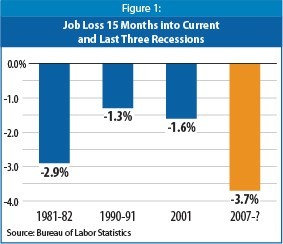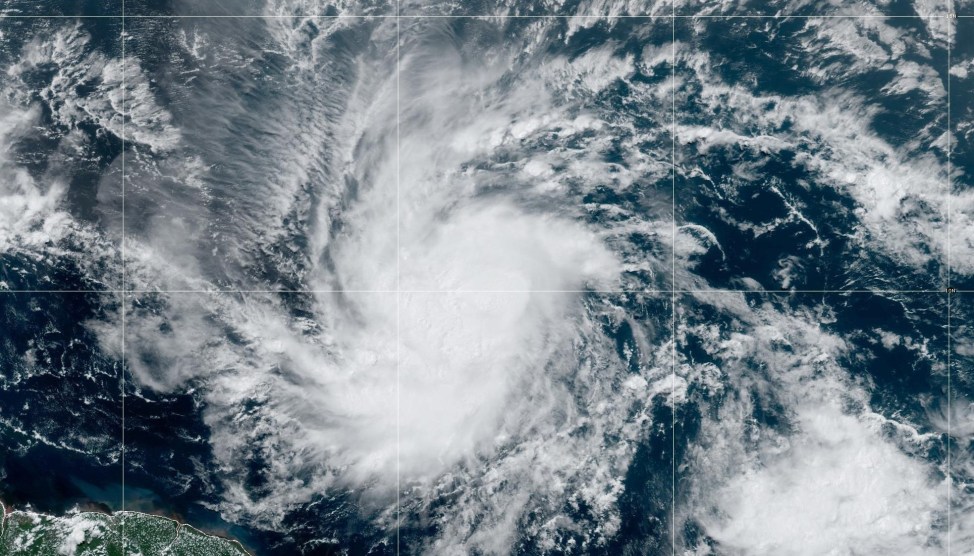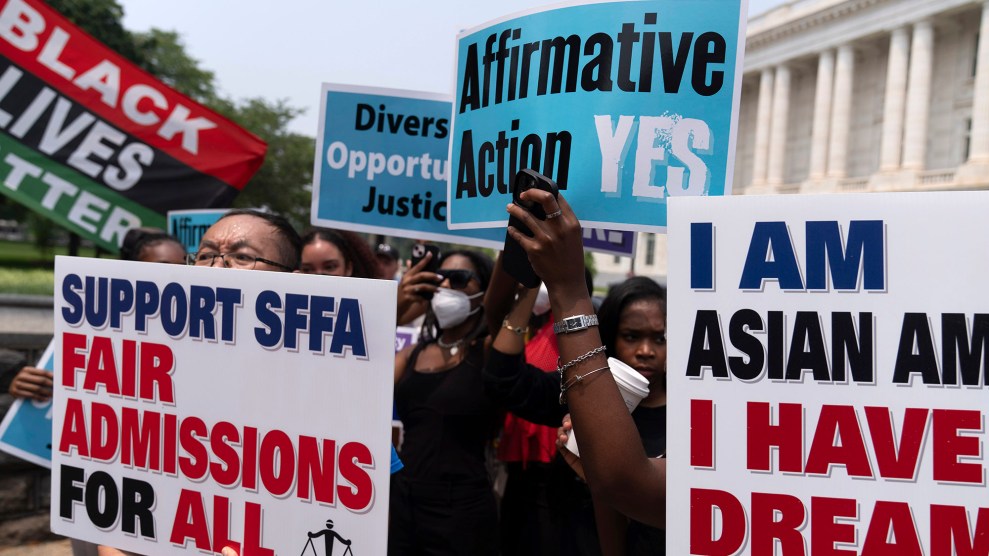According to the grim new jobs report, the economy lost 663,000 jobs in March, pushing the nation’s unemployment rate to 8.5 percent. We’ve lost an average of 684,000 jobs every month since November 2008. Dean Baker, head of the Center for Economic and Policy Research, fills in some details:
While the most disadvantaged groups are feeling the effects of the downturn the hardest – the unemployment rate for African Americans is now 13.3 percent, which is also the rate for people without high school degrees – this recession is hitting everyone. The unemployment rate for workers with college degrees rose by 0.2 percentage points to 4.3 percent in March, almost a full percentage point above the peak for college grads in the last two recessions. While this rate is still just half of the overall average, it is double the 2.1 percent unemployment rate faced by college grads just a year ago. In other words, a college graduate is more than twice as likely to face unemployment today than a year ago.
The Center for Budget and Policy Priorities notes a disturbing nugget of news that is slipping under the radar:
The Labor Department’s most comprehensive alternative unemployment rate measure — which includes people who want to work but are discouraged from looking and people working part time because they can’t find full-time jobs — stood at 15.6 percent in March, up 6.9 percentage points since the recession began and the highest level on record in data that go back to 1994.
CBPP also claims that the “pace of job losses is far worse than it was even in the deep 1981-82 recession.” So while the overall unemployment rate is not yet as high as it was then, we’re losing jobs faster. See the chart below.













